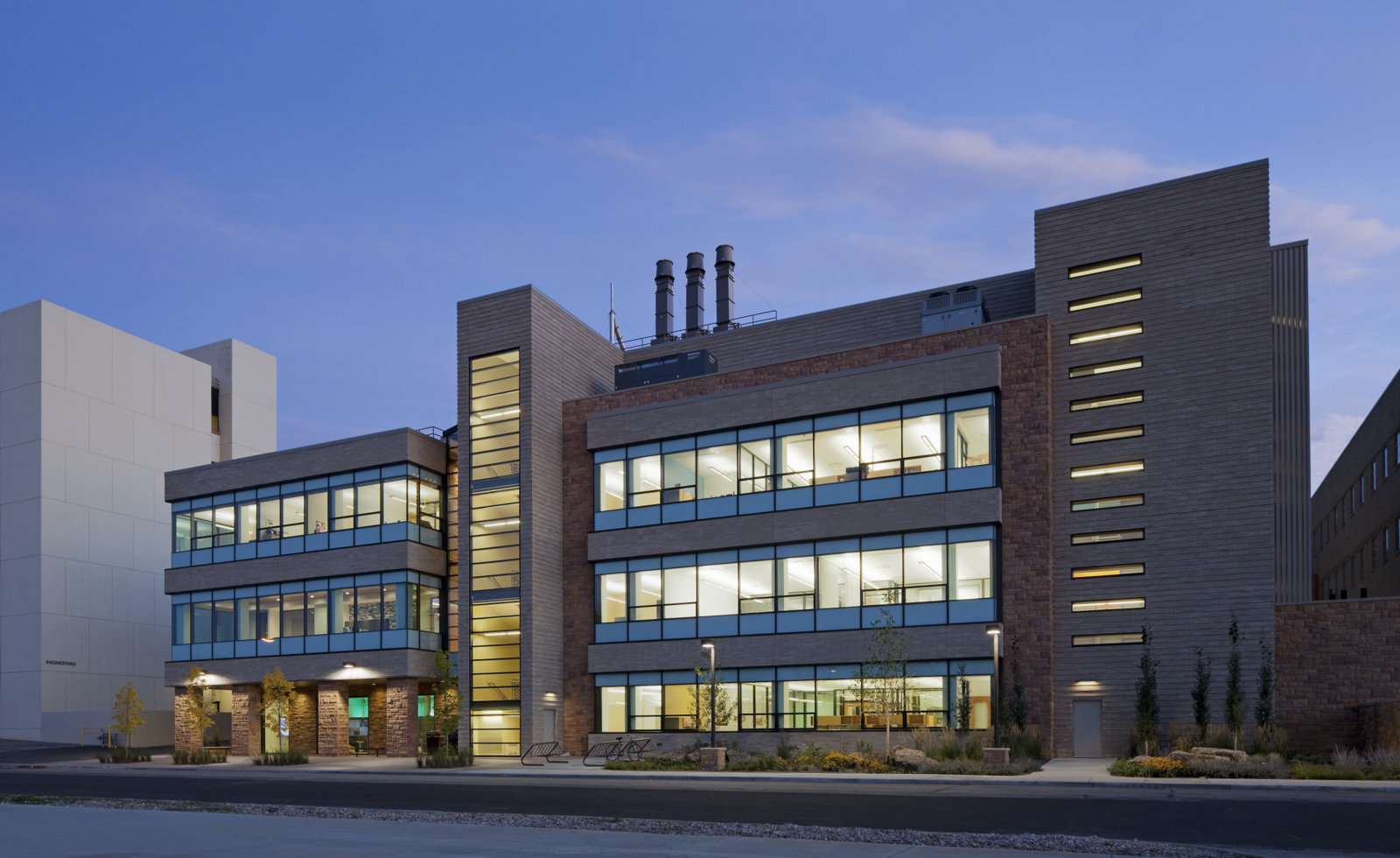Researchers argue for ‘low-carbon’ future for state
quinta-feira, fevereiro 28, 2019
 |
| The University of Wyoming recently opened its new Energy Innovation Center, designed by HOK and GSG Architecture. |
Via Wyoming News Exchange
By Michael Illiano
SHERIDAN — Researchers from the University of Wyoming’s School of Energy Resources argued last week that the future of Wyoming coal may depend on reduced carbon emission.
Kipp Coddington, the university SER’s director of energy policy and economics, explained during a presentation at Sheridan College on Saturday the energy market is a rapidly evolving global market that is increasingly adopting low-carbon standards.
Regulations demanding reductions in carbon emissions are mounting, both domestically and globally.
In the 2007 case Massachusetts v. Environmental Protection Agency, the U.S. Supreme Court ruled that carbon dioxide and other greenhouse gases are air pollutants that can be regulated by the EPA.
While President Donald Trump’s Administration has vowed to lighten some of the requirements limiting greenhouse gas emissions, Coddington said the regulatory landscape has already shifted.
“I don’t view the Trump Administration as fundamentally changing anything,” Coddington said. “And even if the next 100 presidents were like Donald Trump, there are regulations at the state level, this is embedded in corporate preferences — this is the new world.”
International agreements — such as the 1992 Kyoto Protocol and 2016 Paris Agreement — mandate reduced greenhouse gas emissions and individual states are also instituting strict emissions standards. With talk of forging stricter agreements globally and a “Green New Deal” at home, the laws governing carbon emissions are likely to become more, not less, strict going forward, Coddington said.
Wyoming exports most of its energy, which means it risks losing markets that purchase its coal if it cannot adapt to the new regulatory environment. In other words, Wyoming has an economic incentive to comply with emissions standards whether or not it agrees with the principles underpinning them.
“Coal is very important to Wyoming, it’s very important to the economic base in Wyoming, and going forward our customers are just saying that carbon emissions matter,” said Scott Quinlan, UW geologist and SER director of research. “And they’re not going to buy electricity that has large carbon emissions.”
The good news for Wyoming, Quillinan said, is carbon capture technology could offer a future for Wyoming coal in a low-carbon market. . Carbon capture is a process by which the carbon dioxide emitted from burning coal is collected and stored underground, thereby reducing pollution.
“To continue our way of life, I think Wyoming has to be a leader in this space and create a template so that others can follow suit,” Quillinan said.
The state is on the forefront of developing carbon capture technologies. The Wyoming Integrated Test Center is a facility attached to the Dry Fork power station in Gillette that diverts a portion of the station’s flue gas into research bays for storage. Researchers can then connect small-scale carbon capture technologies to the bays and test them with the Dry Fork station’s gas. The carbon dioxide stored can potentially be recycled and used to create new products. Carbon dioxide, for instance, can be used to manufacture carbon fibers, which are metal alternatives that can be used to craft a variety of products, ranging from bicycles to components for air crafts.
Ramaco’s Sheridan facility plans to produce carbon fiber products, and Quillinan said if those efforts prove to be successful, the future for Wyoming coal could be even brighter.
“Coal is carbon intensive,” Quillinan said. “So if you can find a way to use carbon without burning it, it makes sense to make carbon products.”
Fred McLaughlin, senior research scientist at SER’s Center for Economic Geology Research, said carbon capture research can not only modernize coal, it can diversify the ways in which it is used.
“What we’re trying to do is provide some options — not solutions, options — for making carbon markets more robust,” McLaughlin said. “We’re providing for consumers — it’s a market. If your market is just one horse, it can be limiting.”
Though environmental and conservation groups are often framed as enemies of Wyoming coal, Jessica Western, a senior research scientist and the director of the Collaboration Program for UW’s Ruckelshaus Institute/Haub School of Environment and Natural Resources, said in attempting to reduce carbon emissions, carbon capture research and those groups share a common goal. Because reduced carbon emissions are a global interest, pursuing carbon capture solutions could lead to broad collaboration.
“It’s almost like there is something for everyone in it,” Western said. “Whether you believe the glaciers are growing or retreating, it doesn’t really matter. It’s really about new technology that really provides new opportunities and can provide a new economic direction.”
The Sheridan press
Page: Gillette News Record


















0 comentários
Agradecemos seu comentário! Volte sempre :)